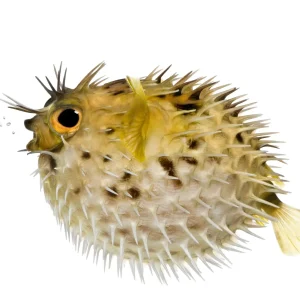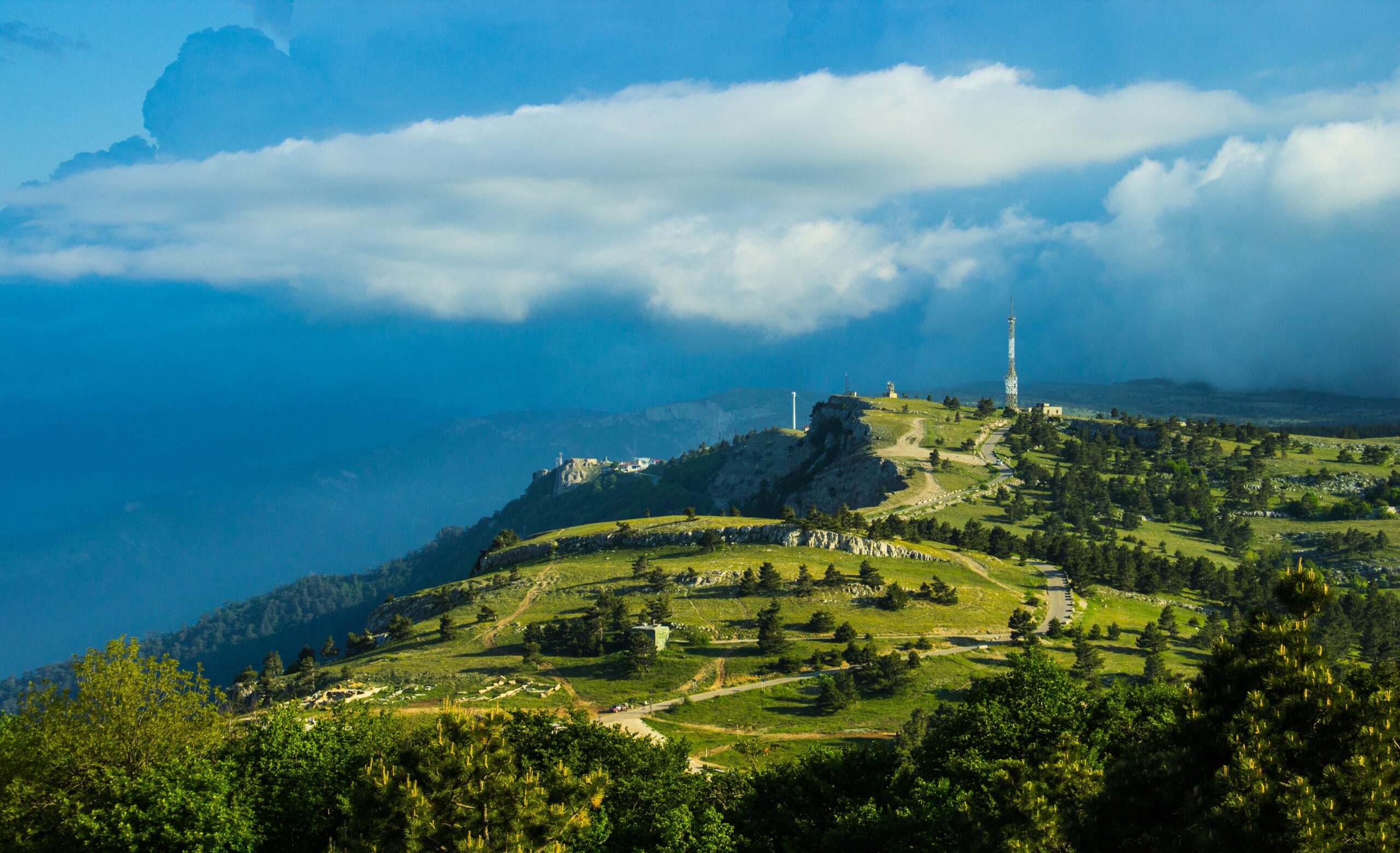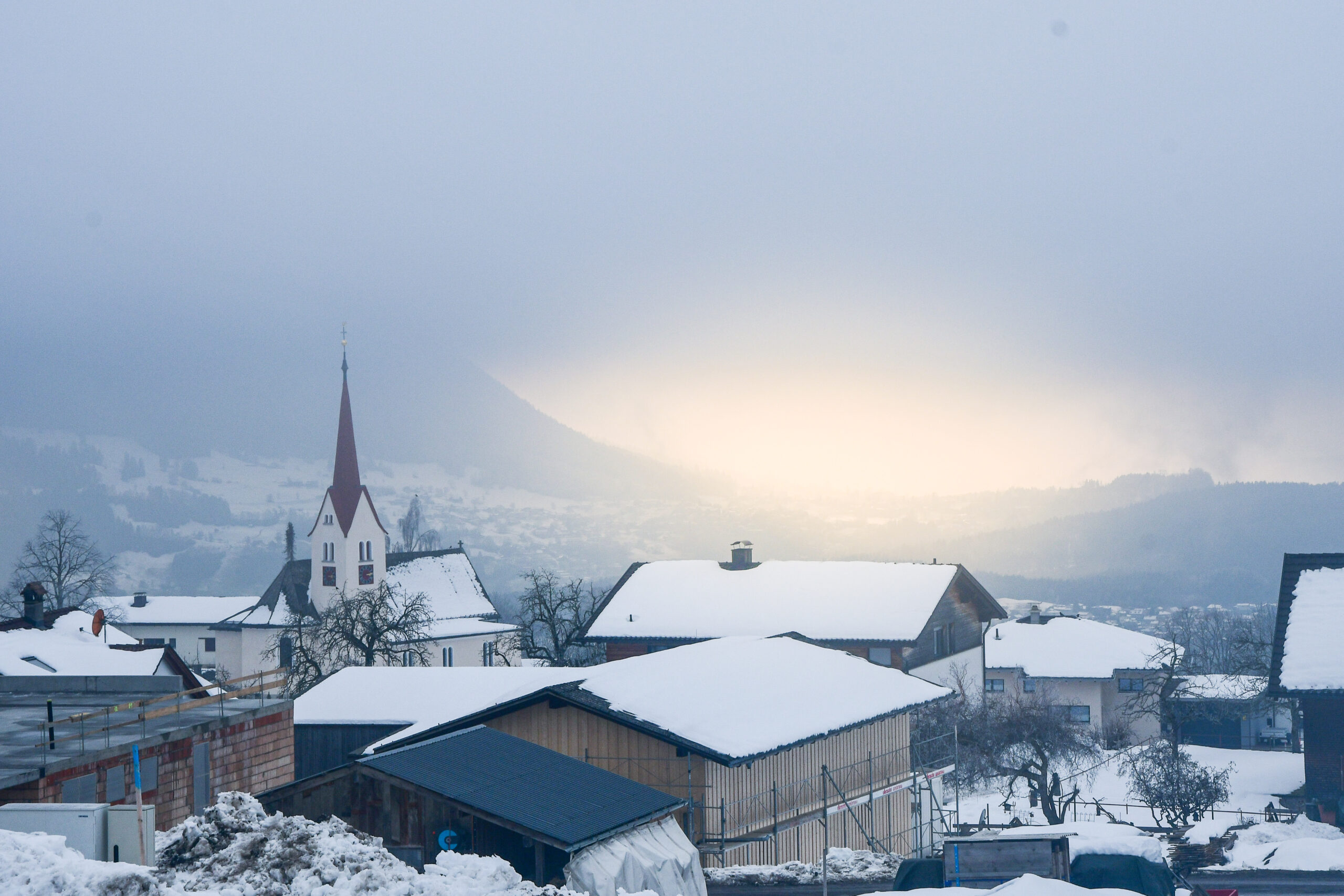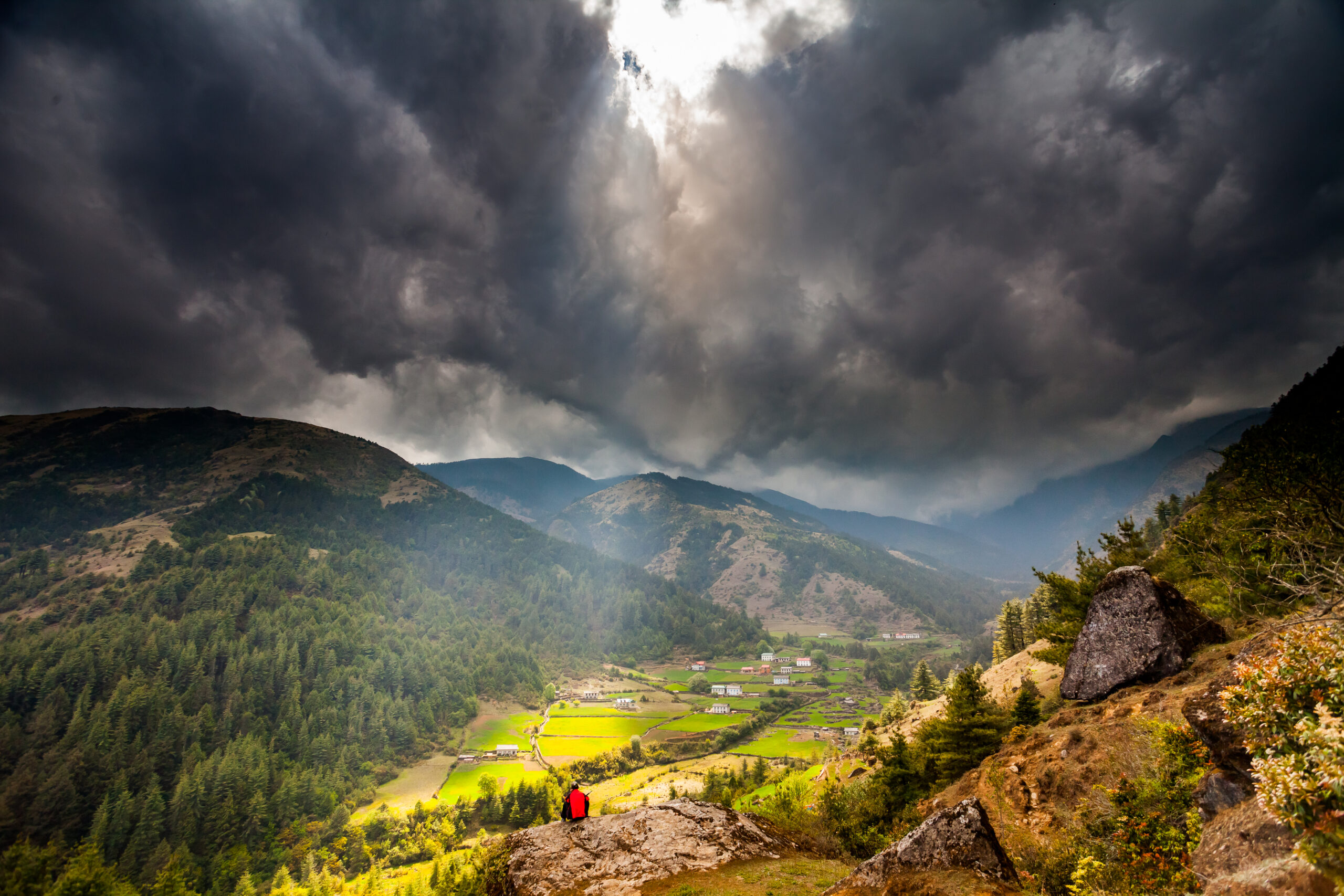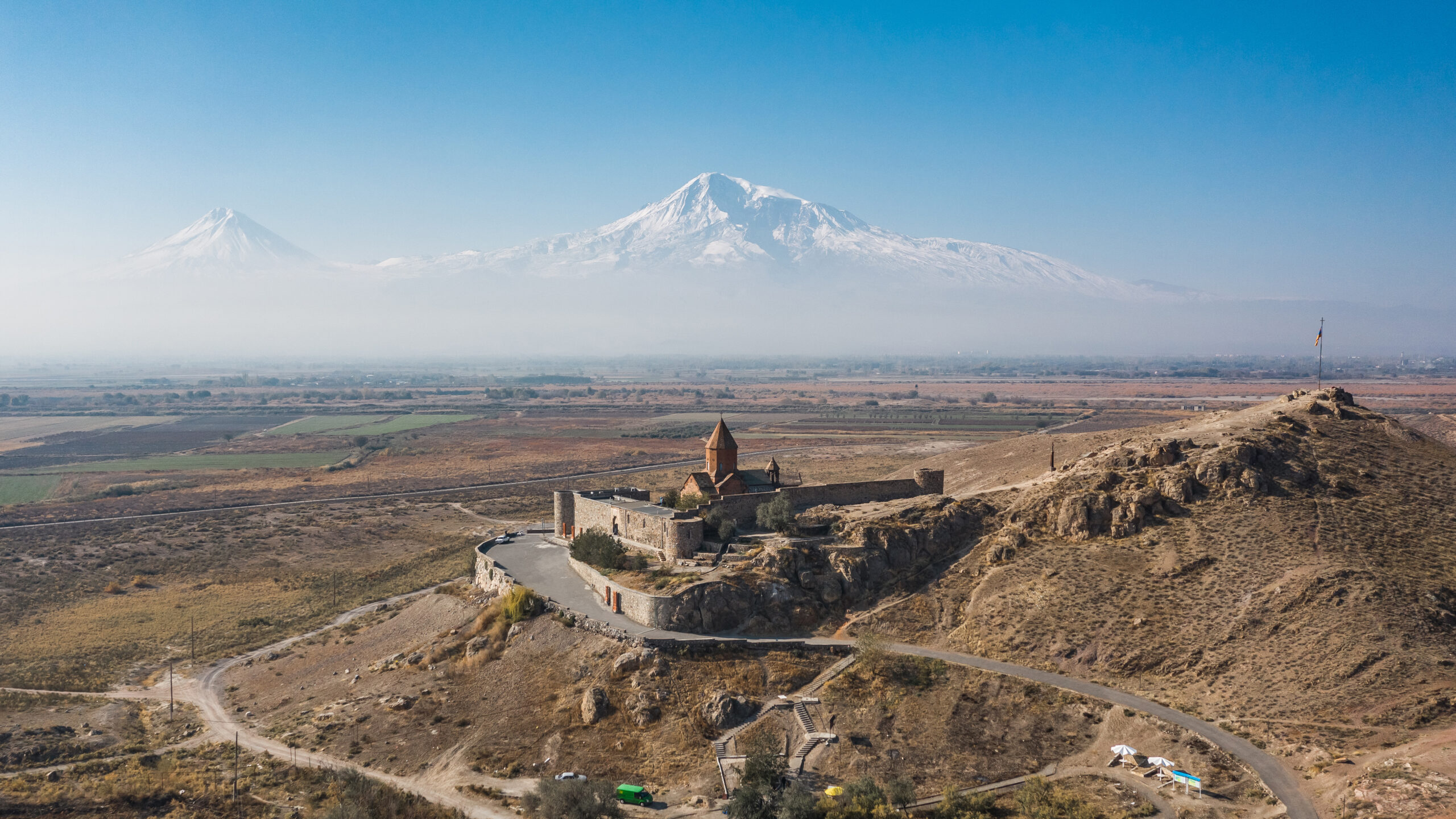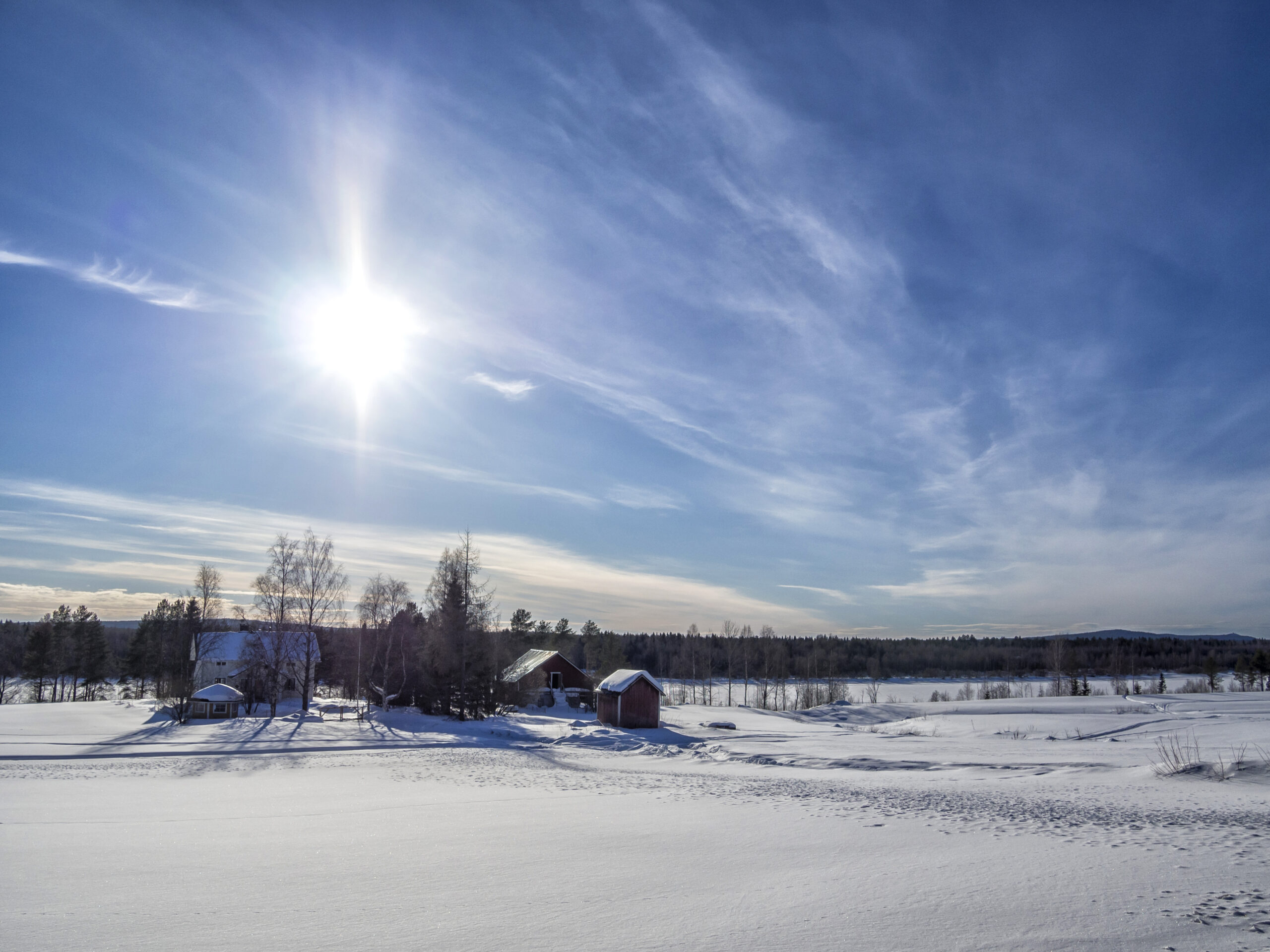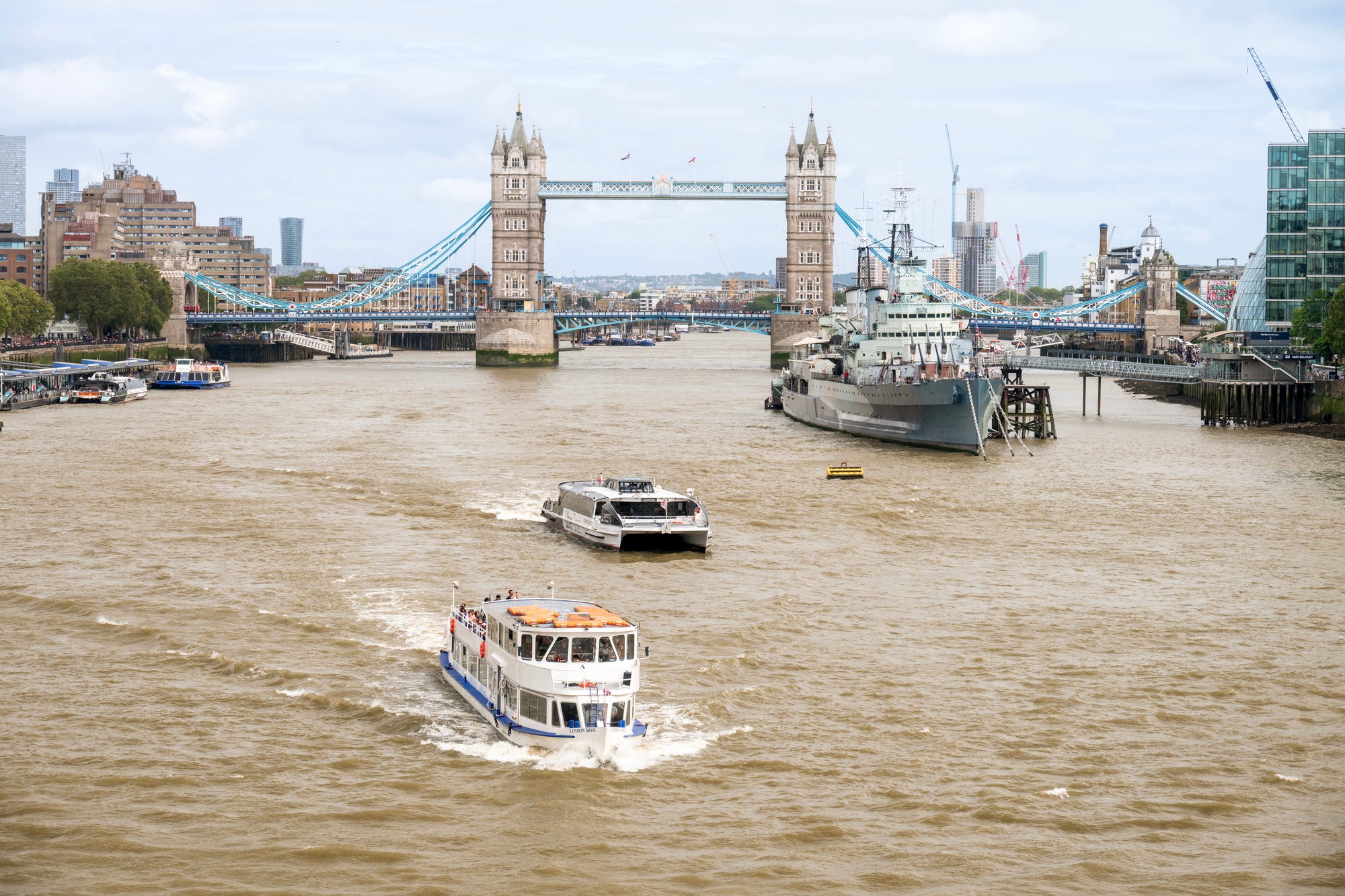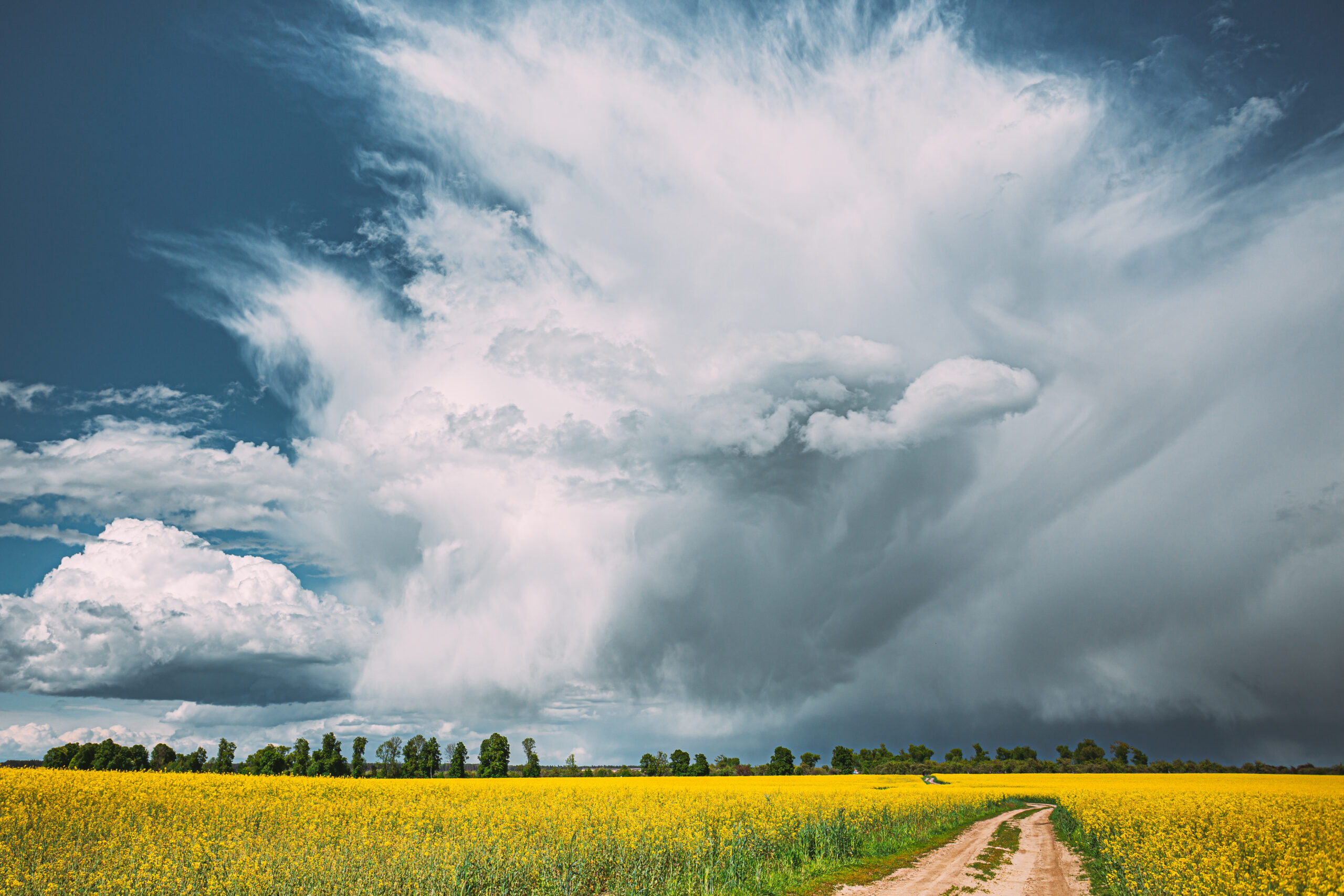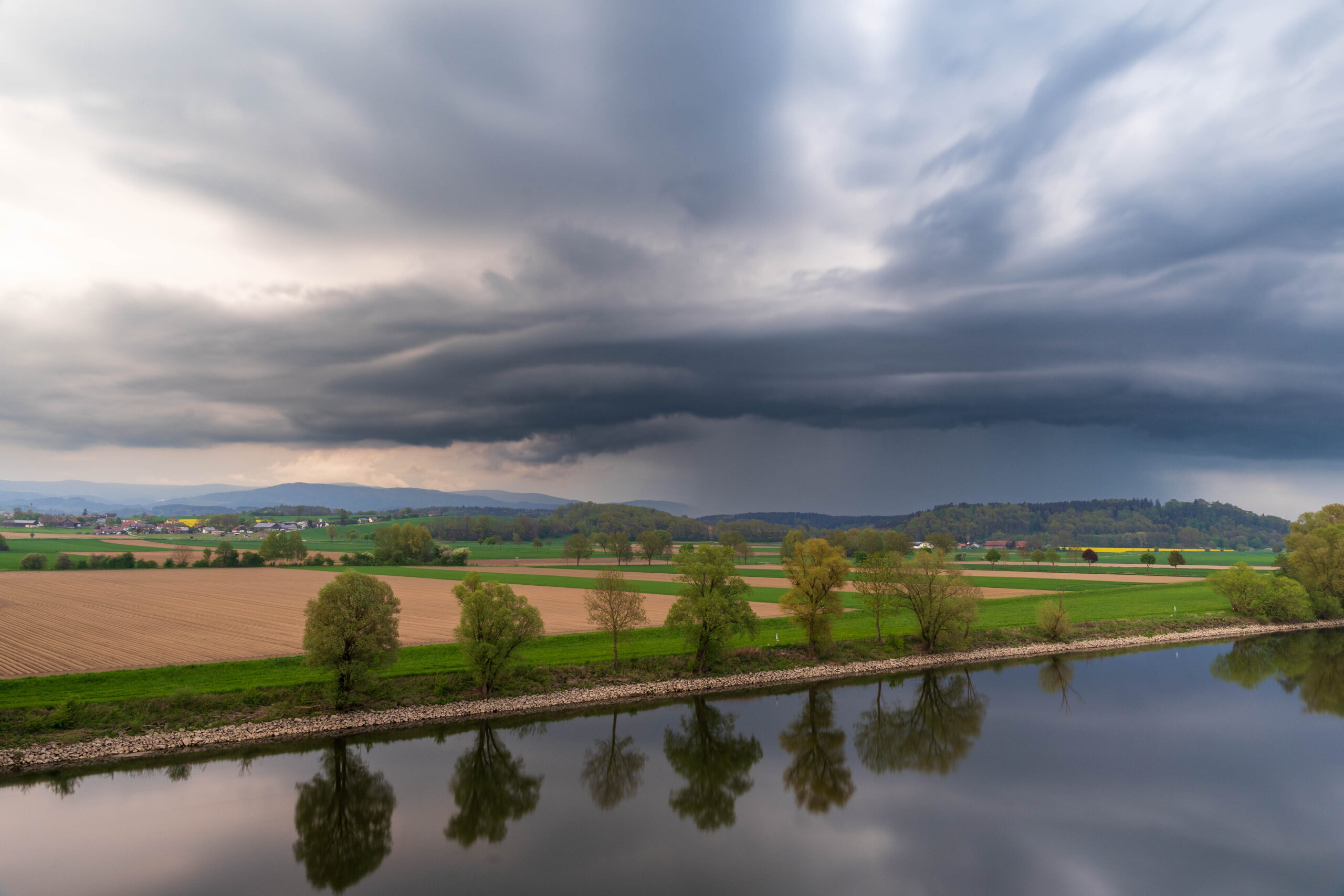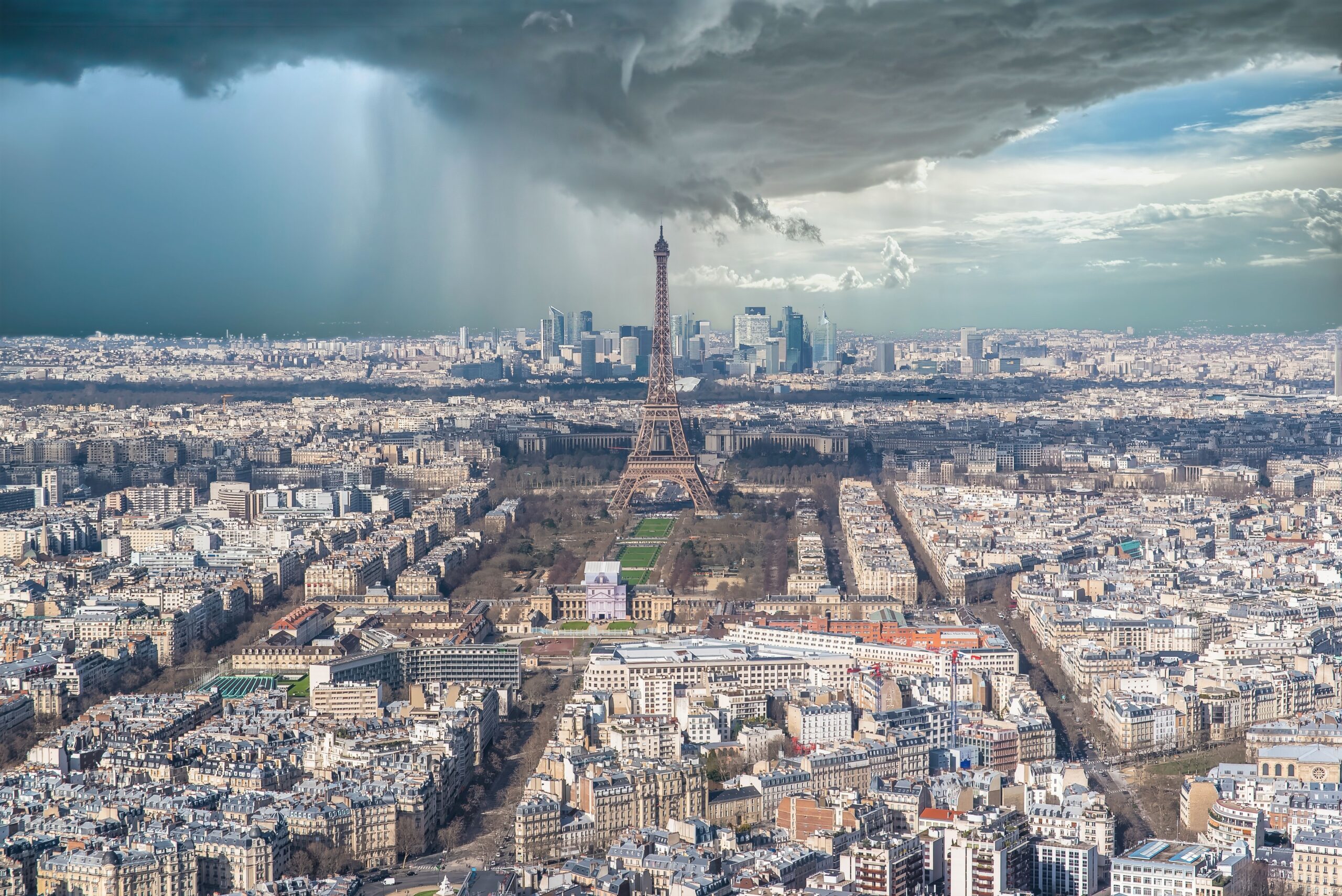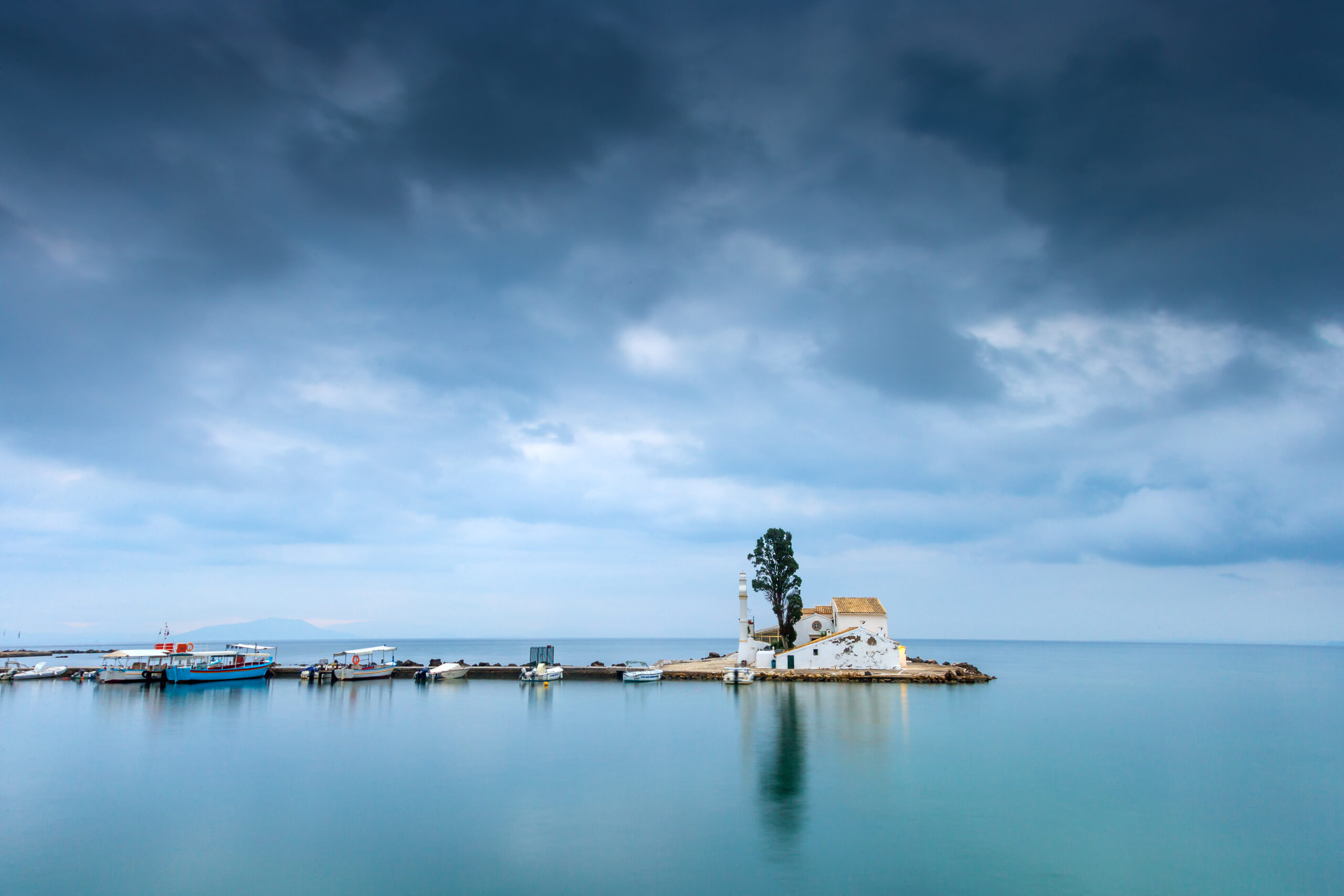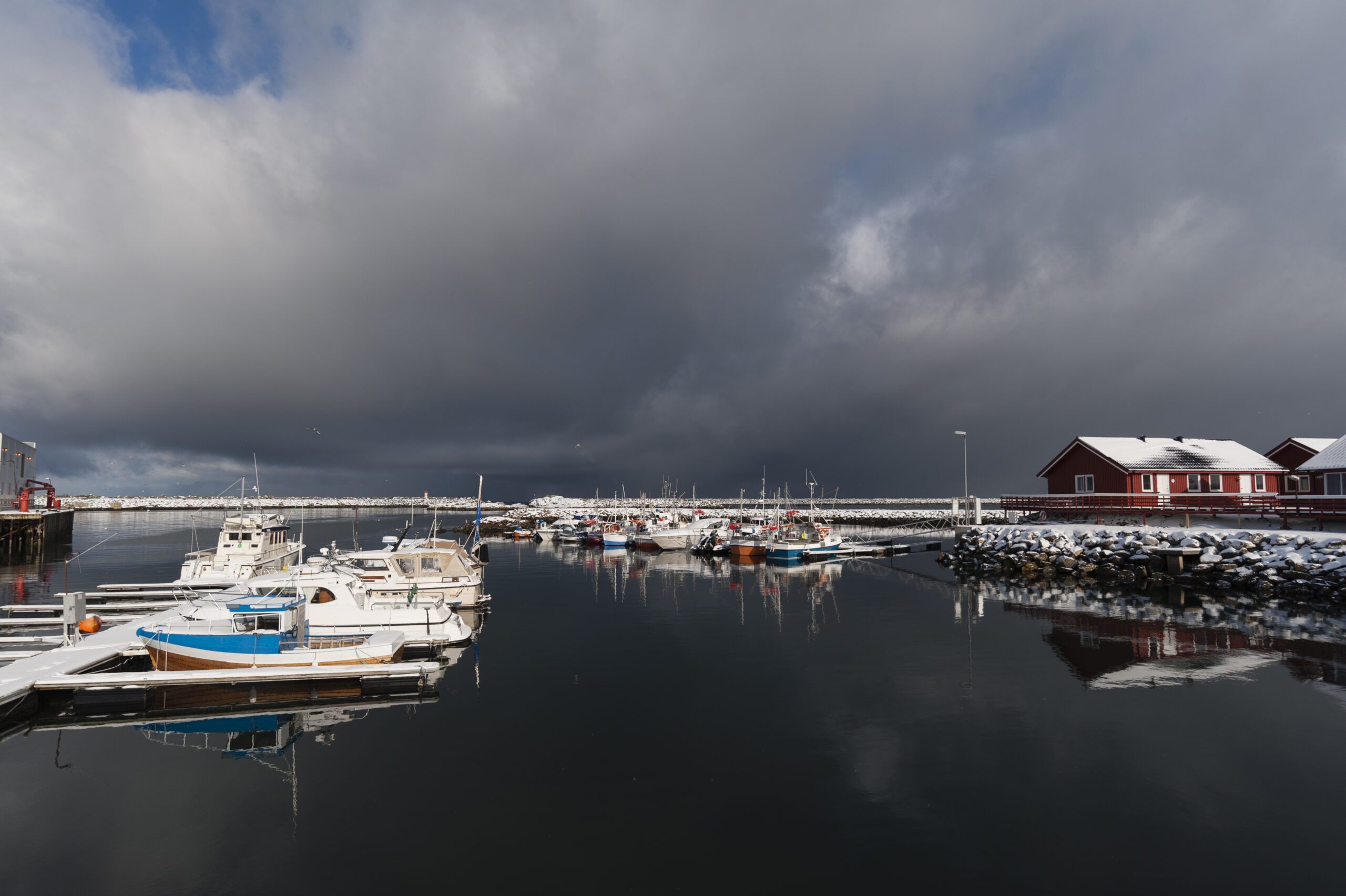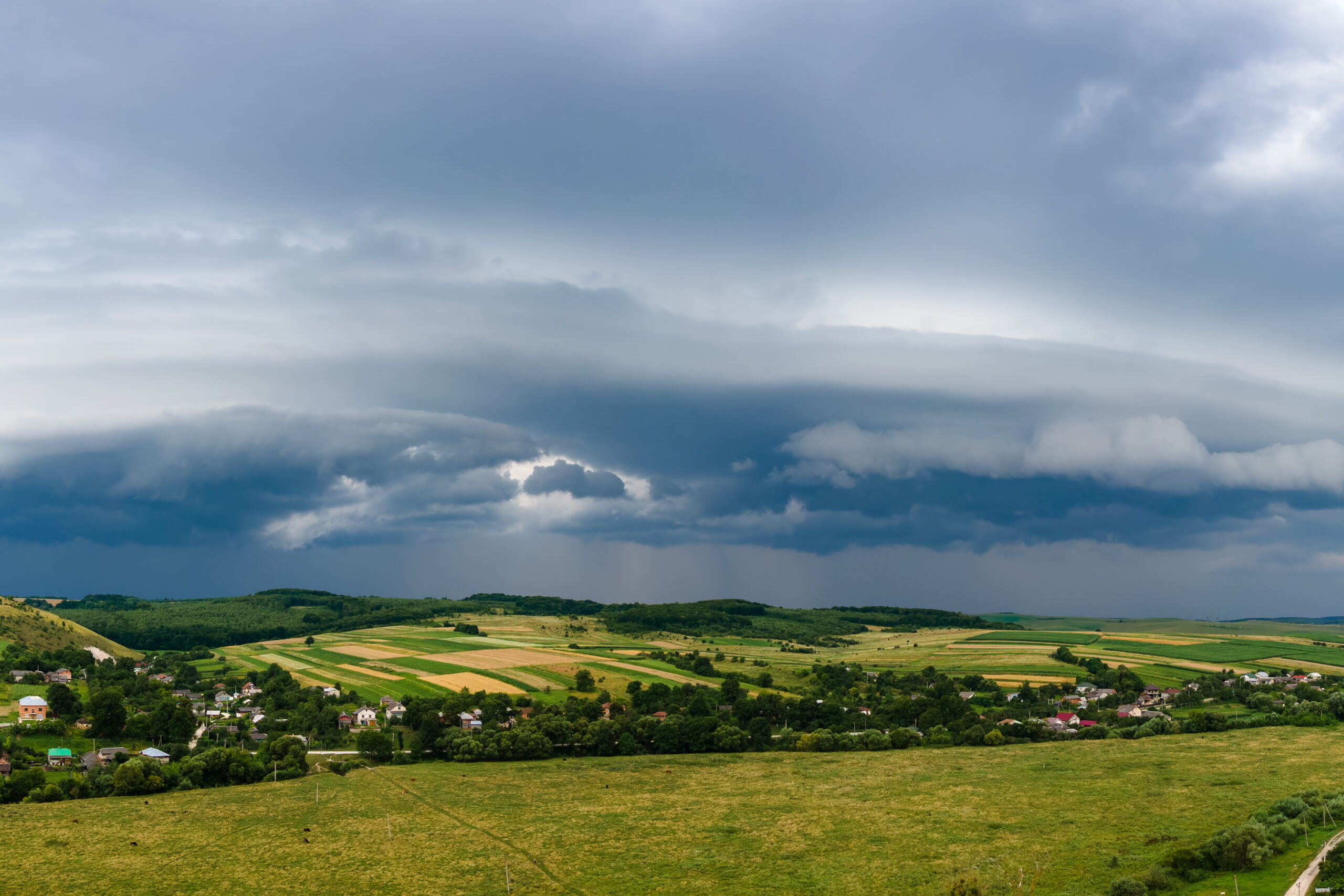- Aries ♈ - November 25, 2025
- Template - November 13, 2025
- Albania Weather Report Free updated Hourly 2025 - September 23, 2025
🇯🇵 Shizuoka Prefecture Weather Report – Month-by-Month Overview
❄️ January
Cool and dry. Shizuoka City averages 4–12°C. Snow is rare in coastal areas but possible in mountain regions like the Southern Alps. Skies are mostly clear, and rainfall is minimal.
🌨️ February
Still mild. Highs reach 12–14°C, with lows around 5°C. Occasional frost inland. Rainfall remains low, and sunshine hours increase slightly.
🌱 March
Spring begins. Temperatures rise to 13–18°C. Plum blossoms bloom, and rainfall increases. Coastal areas warm faster, while inland valleys stay crisp.
🌸 April
Mild and vibrant. Highs reach 18–23°C. Cherry blossoms peak across the prefecture, especially around Sunpu Castle and along the Abe River. Rain showers alternate with sunny spells.
🌼 May
Warm and pleasant. Temperatures climb to 21–26°C. Rainfall is light, and skies are mostly clear. Ideal for hiking, tea field visits, and countryside travel.
☀️ June
Start of the rainy season. Highs range from 24–29°C. Humidity rises, and afternoon showers are frequent. Rivers swell, and vegetation flourishes.
🔥 July
Hot and humid. Temperatures reach 28–34°C. Rainfall peaks early, then tapers off. Summer festivals begin, and evenings stay warm and muggy.
🏖️ August
Still hot. Highs remain between 29–35°C. Rain is infrequent, and sunshine dominates. Beaches and coastal towns like Shimoda are popular for swimming and fireworks.
🍂 September
Transition to autumn. Temperatures ease to 25–31°C. Rain returns gradually, and typhoon activity may affect coastal areas. Nights begin to cool.
🌦️ October
Cooler and clearer. Highs drop to 19–26°C. Rainfall decreases, and autumn foliage begins in the mountains. Ideal for travel and photography.
🌫️ November
Chilly and dry. Highs hover around 14–21°C, with lows near 9°C. Rain is minimal, and foggy mornings are common. Fall colors peak inland.
🎄 December
Winter returns. Temperatures range from 6–13°C. Snow is rare, but mountain areas may see frost. Skies are mostly clear, and festive lights appear in towns.

- Temperature
- Precipitation
- Rain Chance
- Wind
- Humidity
- Pressure


